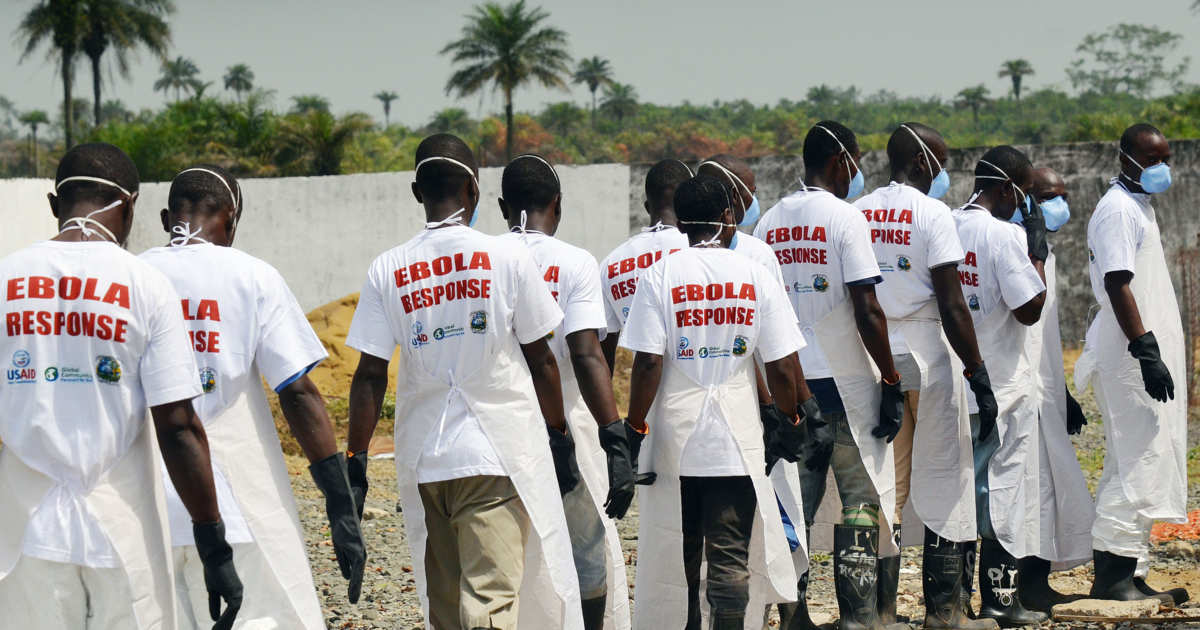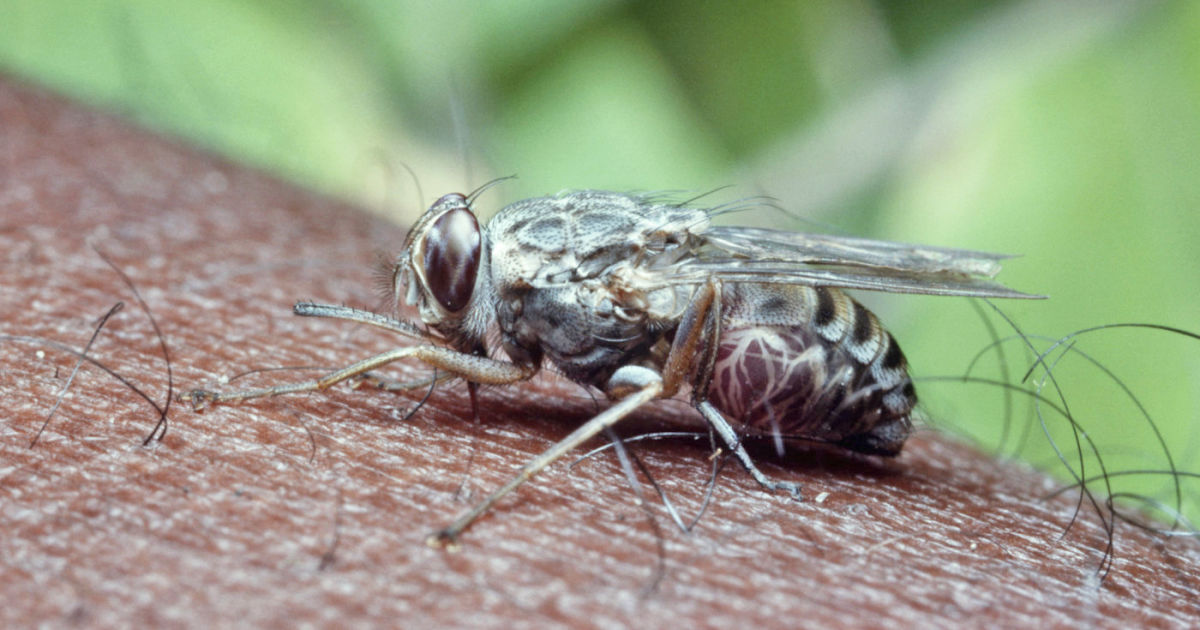Serious Diseases We Can Get From Animals
There are known to be approximately forty important diseases individuals can catch directly from animals. Of these, reports indicate about thirteen of them are responsible for approximately 2.2 million human deaths each year. Diseases passed from animals to humans are commonly referred to as zoonotic diseases. These kinds of diseases can be bacterial, viral, or parasitic, or may involve unconventional agents. Regardless of which of these forms the zoonotic disease comes in, it is important to be familiar with them since humans can catch them, and they can be quite dangerous.
With this in mind, keep reading to reveal the full details on some of the deadly diseases humans can get from animals now.
The Ebola Virus

The Ebola virus can be transmitted by the African fruit bat or primates to humans. Unlike other types of viruses, Ebola is airborne but can also be transmitted by touch. The virus is transmitted mainly through bodily fluids such as breast milk, blood, saliva, sweat, fecal matter, urine, diarrhea, vomiting, and semen. When exposed to humans with the virus it manifests after an incubation period of around three weeks. Early symptoms of Ebola are similar to typhoid fever, malaria, and flu. They typically include a high fever, muscle and joint aches, headaches, weakness, and a sore throat. There is no vaccine or cure, and infected individuals are given supportive care.
Uncover the next zoonotic disease now.
African Sleeping Sickness

A deadly parasitic disease carried by infected tsetse flies. When an infected tsetse fly that serves as both host and vector bites an individual or animal, the infection spreads rapidly through the blood stream. While taking blood from its host, the fly injects the trypanosome parasite into skin tissue.
Symptoms of African sleeping sickness include fever, headaches, drowsiness, insomnia, sleepiness, sweating, mood changes, anxiety, and swollen lymph nodes. The bite site becomes red, swollen and very painful. No vaccines are available for immunity and few medically related prevention options. The best option to avoid infection is the use of insect repellents.
Get more details on diseases humans can get from animals now.
